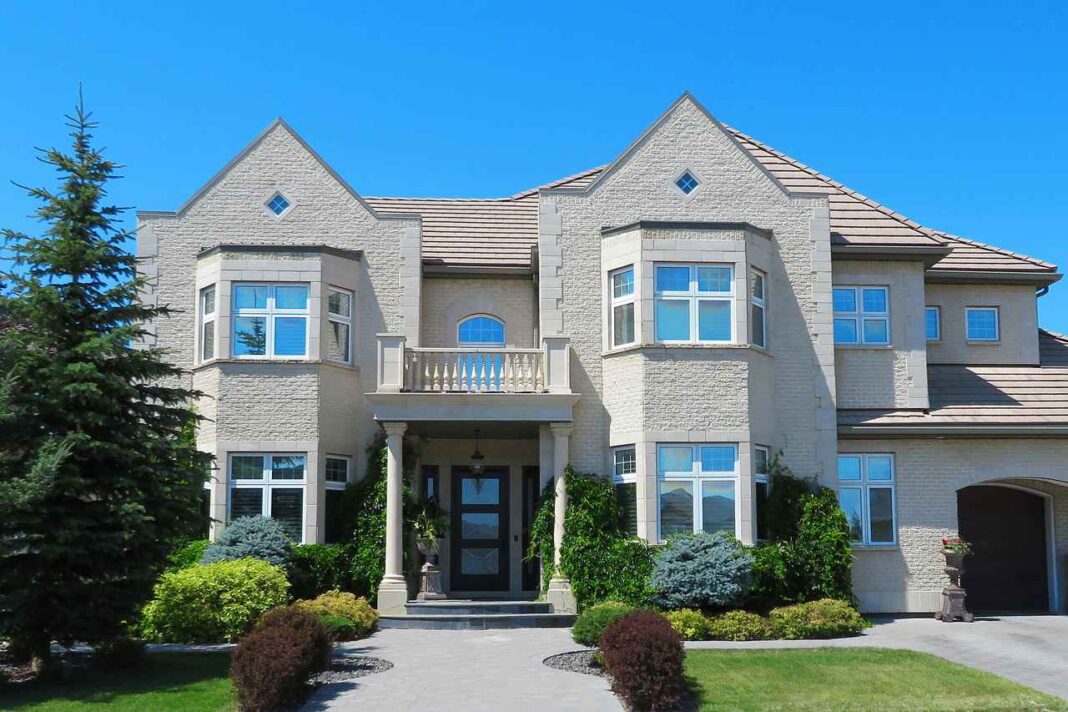Understanding Local Economic Catalysts Before Buying a Home
When you’re in the market for a new home, it’s crucial to think ahead about what might drive demand for properties in your target neighborhood. Local economic factors are a key piece of the puzzle, especially since we don’t have much control over broader economic policies like interest rates or tax laws.
I’m currently house hunting again and noticing some promising economic indicators in a neighborhood on the west side of San Francisco, where I’m looking to buy. These insights might help you think strategically about your own home-buying decisions.
Key Local Economic Catalysts for Home Price Appreciation
Local economic catalysts can significantly influence home prices. Here are some that could affect a neighborhood:
– New or relocating companies, like OpenAI leasing a large office space.
– Expansion of local businesses, signaling job growth.
– Openings of new schools or expansion of existing ones.
– Demographic shifts, perhaps due to changes in other neighborhoods or international policies.
– New healthcare facilities or expansions of existing ones.
– Development of shopping centers or parks.
Spotting at least three of these catalysts can give you more confidence in the potential for property value increases.
Why I Chose San Francisco’s West Side
Back in 2014, I started buying properties in Golden Gate Heights because of a pricing anomaly. Homes with ocean views here were selling at a discount compared to the city average—a trend contrary to what you’d see in most coastal cities. Seeing the opportunity for price appreciation, I invested, betting on long-term growth.
The Role of Affordable Housing in My Decision
Before the pandemic, there was already a trend of residents moving westward in San Francisco, seeking more affordable and spacious living options. This was evident from my time driving for Uber, where I noticed many passengers preferred the west side for its tranquility and lower cost. The pandemic only accelerated this shift as people sought homes better suited for remote work.
Looking Forward: Economic Catalysts on San Francisco’s West Side
I’m now eyeing an upgrade to a larger home in a more upscale part of the west side. Recognizing local economic catalysts supports my decision to invest here. For example, a well-regarded school is relocating to the area, which will likely draw families wanting to live nearby. Additionally, a major hospital is undergoing a significant expansion, which will bring a large number of high-paying jobs to the area, further boosting demand for housing.
Another factor is the planned upzoning to increase housing on the west side. This development will likely enhance the neighborhood’s vibrancy and attract more residents and businesses.
The Importance of Community and Recreation Spaces
Post-pandemic, there’s a growing appreciation for community and outdoor spaces, making developments like the expansion of local parks even more valuable to the neighborhood. These enhancements make the area more attractive to current and prospective residents, likely pushing up home values.
Conclusion: Do Your Homework
Investing in real estate requires careful consideration of many factors, especially local economic developments that can influence property values. Whether you’re looking to buy for personal use or as an investment, understanding these factors can help you make a more informed decision and potentially find a great deal before others catch on.
So, when you’re considering a new home, look beyond the surface and consider the long-term economic catalysts that might affect your investment. This approach will help you choose a property that not only meets your immediate needs but also offers potential for appreciation in value.









































